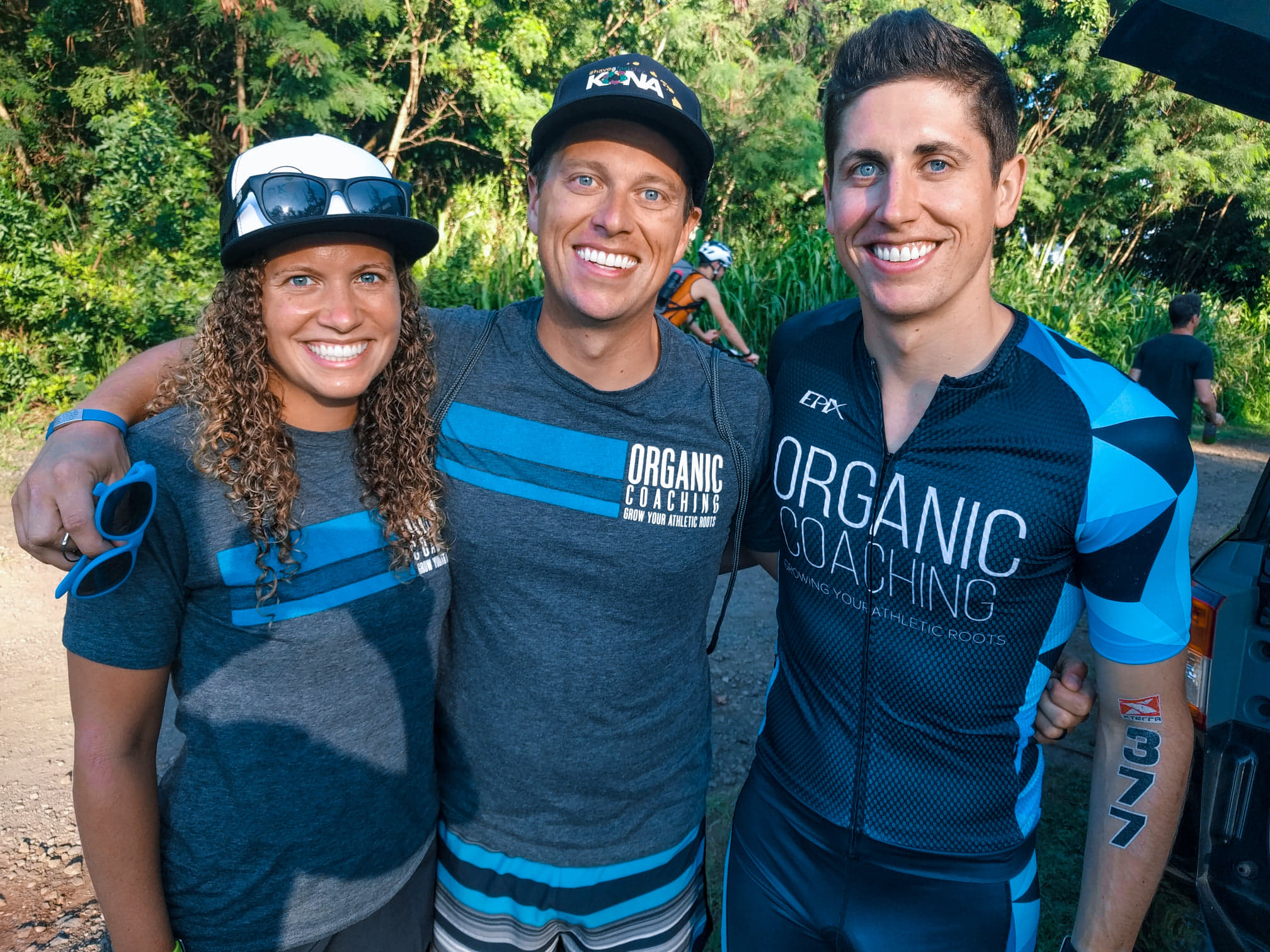
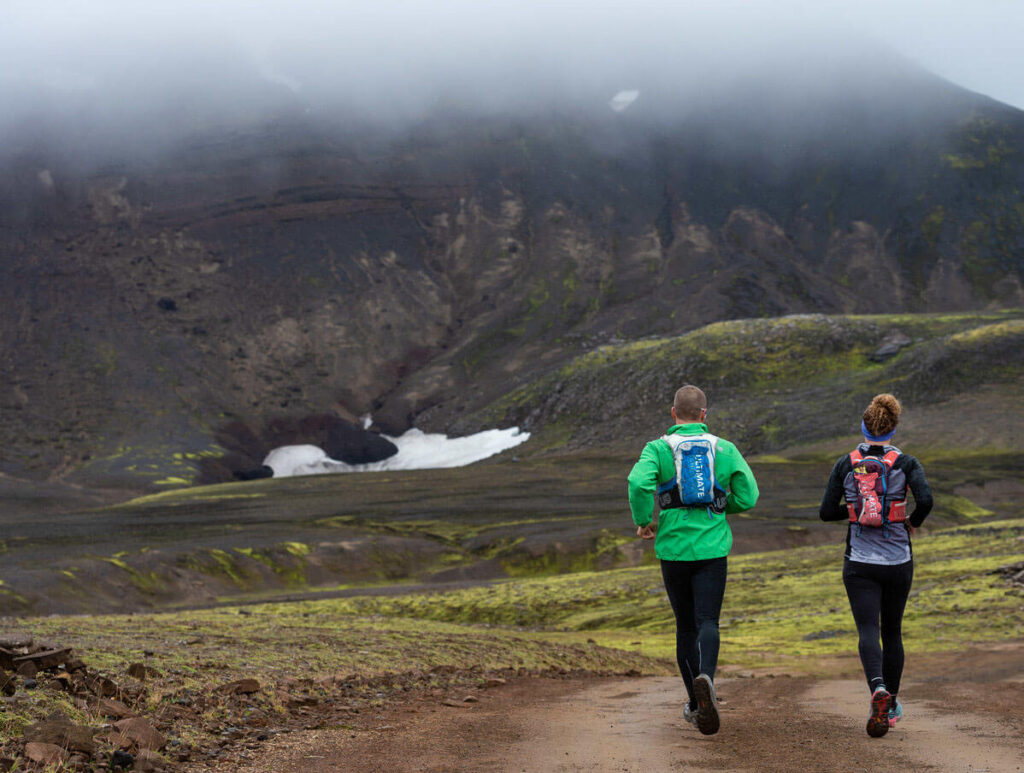
When was the last time you enjoyed technology-free training? Was it the 90’s? You’re not alone in this, as performance-driven athletes we devote hours of our lives to training hard to improve our fitness and realize our goals. We employ all manner of strategies and tactics to support those efforts. We labor over our gear selections, “should I opt for race wheels? Give those carbon-plated trainers a try? All in on Wahoo or Garmin?”
As much as the tools of endurance sport provide insight and understanding, they can just as often be a burden to having fun and learning about our bodies. As we approach winter in the northern hemisphere I’d like to offer a bold and potentially off-putting idea to try out this off-season… train without data.
That’s right, leave your watch at home, forget about the heart rate monitor, throw on a movie instead of launching Zwift! Gasp, I know. But you like a challenge right? I’m challenging you to some technology-free training this winter!
I want you to think back to the time when you first got into swimming, biking, or running. It’s likely that you didn’t have the latest multisport watch or any fancy gear at all, you probably laced up your shoes, threw on some tunes and went out and ran.
For me, it was a much simpler time and arguably a much more enjoyable experience day-to-day. And while I’m as enamoured (ahem, obsessed) with metrics and data as the next person, there’s something so pure and gratifying about heading out in the crisp, cool outdoors to appreciate the joy of sport without thinking about your cadence, left-right power balance or vertical oscillation (it’s a thing). There’s a sense of peace and relief that comes with exercising our bodies without the temptation to look at the numbers or hit some key segment.
Not only that, this offers a brief moment of reflection or gratitude for nature’s beauty, our resilient bodies, and a glimpse of freedom in an otherwise stressful and busy world.
Another really cool thing that can happen when you drop the data, is that you start to listen to your body. You more acutely notice the feeling of an easy effort or a hard interval. The paces or metrics that might normally drive you to work too hard on the light days aren’t there to haunt you, and you can let your internal gauge be your training partner.
Rate of perceived exertion (RPE) is a fancy version of this idea and can be utilized more globally, but even on an occasional basis learning your internal perception of effort can be a welcomed alternative to letting the external numbers drive your workload. And while this is primarily focused on the off-season, it has implications on your race readiness as well. Rarely do pre-race numbers hold up, particularly late in the bike or run, so having a keen sense of what your body is telling you can set you up with experience to adjust your plans mid-race. Ultimately, while data gives us much perspective it doesn’t need to be our primary source of truth.
Now I know what you might be saying, “But if it’s not on Strava, it didn’t happen!” or “But the TrainingPeaks box will turn red!” And rest assured, as a coach that drives many decisions from athlete data, I’m not advocating for this as a primary way of doing training day in and day out.
If you must throw some electrical tape over your watch face, or a big towel over your head unit on the trainer that’s totally cool too. But if you’ve got that easy run each Tuesday afternoon over the off-season, take a chance and leave the tech at home, I think you’ll enjoy it.
I want to encourage you to give technology-free training a try this winter, go out on the fat tire bike, run that trail you’ve been meaning to hit, or hop in the pool and just swim. No watch. No data. Just fun.
Read more: Avoid Burnout as an Endurance Athlete
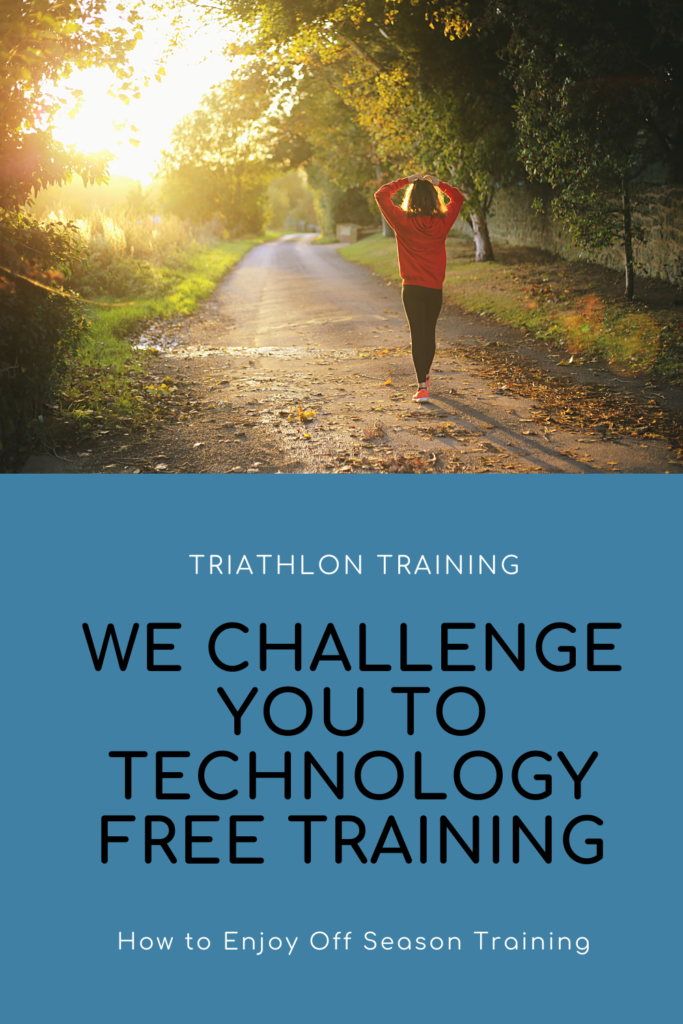
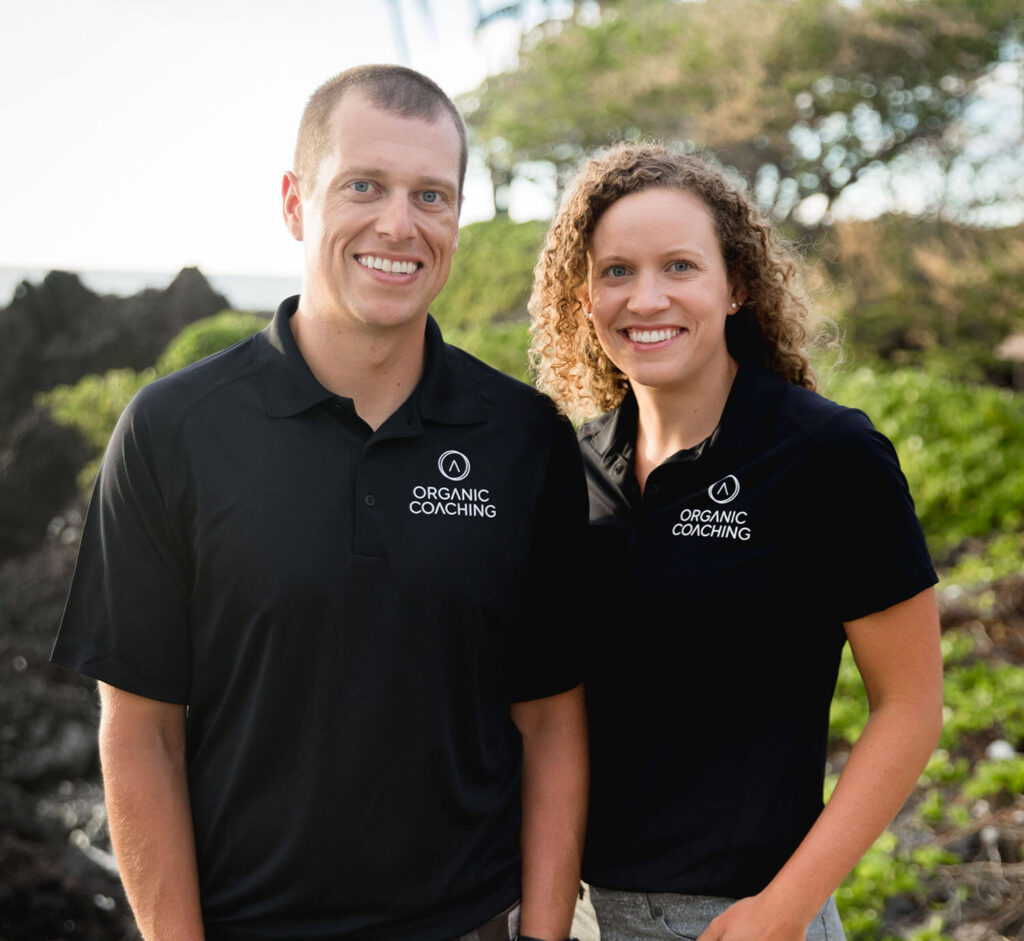
Carly and Tyler Guggemos built Organic Coaching in 2014 with a simple philosophy that works. The idea is to take what you have and grow it to get faster, fitter and stronger. And to do it with the time you have – not the time you wish you had.
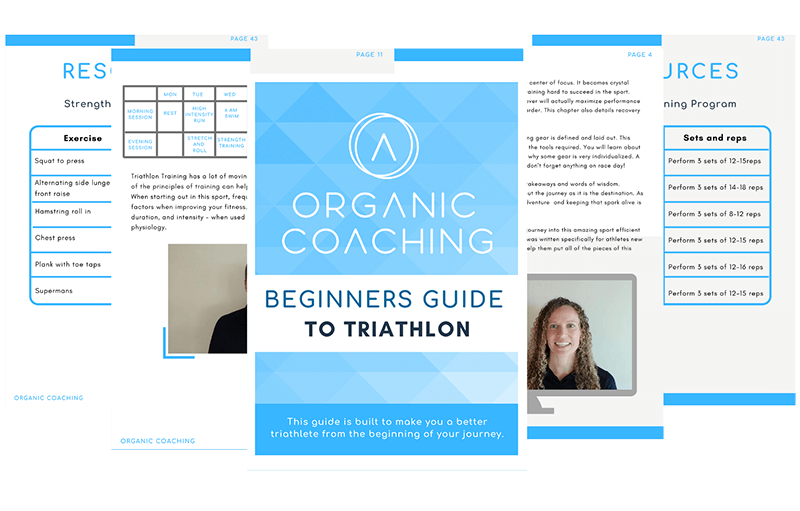
For athletes who are ready to take their training to the next level while still thriving and succeeding in their professional and family life.
Copyright © 2024 Organic Coaching LLC